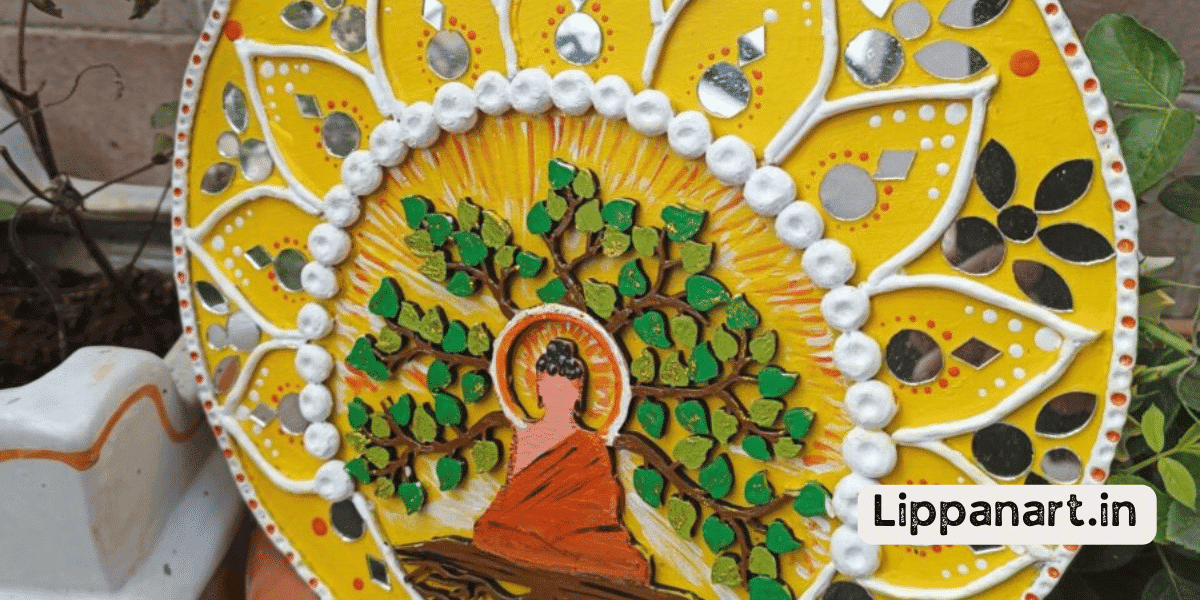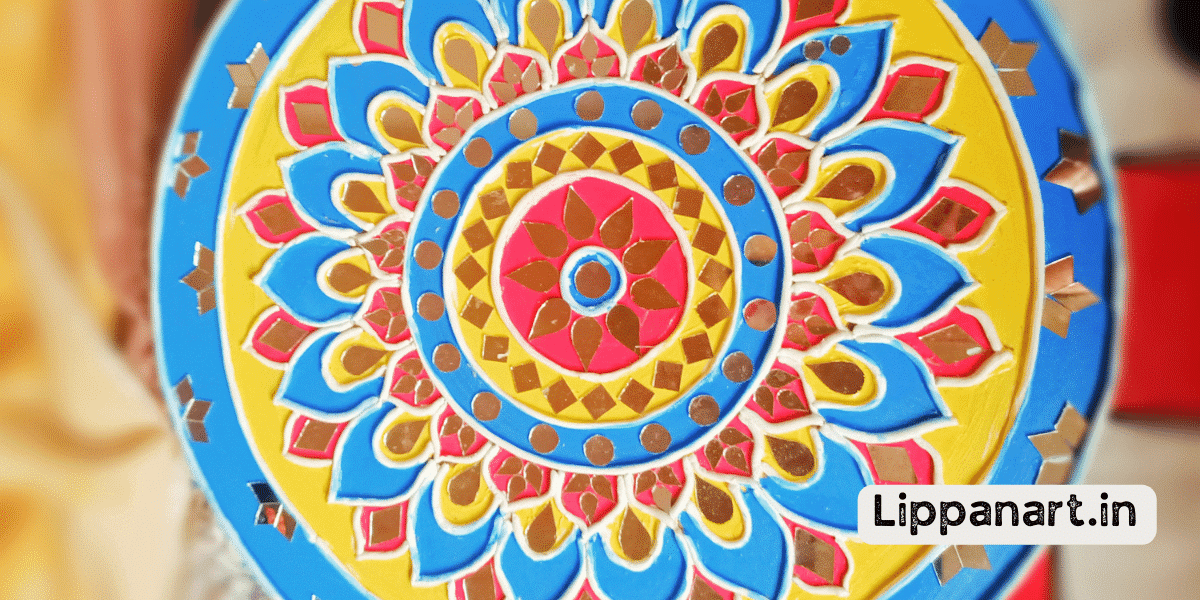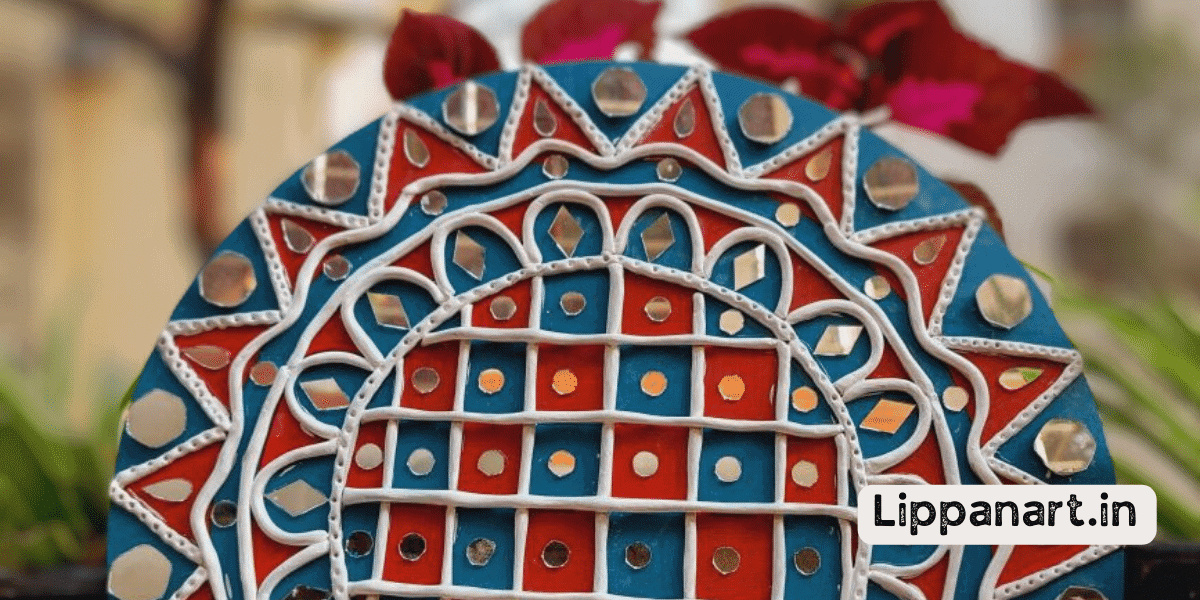Have you ever wondered if you could do art therapy on your own?
With over 75% of people feeling more relaxed after participating in an artistic activity, it’s no wonder that art therapy has become a popular way to cope with stress and anxiety.
DIY art therapy can be a powerful tool if you’re looking for a new way to find inner peace, express yourself, or develop resilience and coping skills.
Read on to discover how to use art therapy to explore self-healing.
Benefits of DIY Art Therapy
You can benefit from DIY art therapy, which can help you explore underlying experiences and reduce stress, anxiety, and other mental health issues. Art therapies provide a unique way to express and reflect on emotions and life.
With DIY art therapy, you can take self-care to the next level. Art therapy can be used to explore your inner world safely and creatively. It can give you a deeper understanding of yourself and your feelings. You can use it to express your emotions without judgment, and to gain insight into your life.
DIY art therapy can be an effective tool for developing self-awareness and emotional regulation. It can help you explore new ways of thinking and provide a platform for self-expression.
With DIY art therapy, you can take control of your mental health and find peace in the process.
Exploring Self-Healing through Art
Exploring self-healing through art can help to identify and process emotions in a meaningful way. Art therapy activities provide a creative outlet and a safe space to process difficult emotions.
Here are three ways to get started with self-care art activities:
- Connect with Yourself: Start by exploring your feelings and emotions you need to process. Use this time to take the focus off of what you create and instead focus on the creative process.
- Engage with Art Materials: Use art materials like pencils, paints, and markers to express yourself. This is a great time to experiment with different techniques and challenge yourself.
- Reflect and Heal: The purpose of art therapy activities is to provide a space to reflect and heal. Professional therapists can support you during this journey, but you can also try self-care activities to help your mental health.
Making art can be an enjoyable and therapeutic experience. Art therapy activities help you connect with yourself and find inner peace. It’s also an opportunity to explore the creative process and participate in self-care activities.
Embrace art therapy and start exploring self-healing through art today.
Techniques for Practicing Art Therapy Solo
Practising art therapy solo can be a powerful way to explore emotions and foster self-healing. You can create pieces that express your innermost thoughts and feelings
with the right materials and skills.
Consider the tools and techniques you need to practice art therapy independently to get started. Materials might include paint, pencils, paper, markers, and even colouring books. The process of creating is the key focus in art therapy, so take time to explore different mediums and techniques. Experiment with different colours and textures and express yourself freely without judgment. Colouring books can be a great starting point for expressing yourself.
Art therapy is ultimately about tapping into your inner self and finding ways to express your emotions in a productive way. With practice, you can explore, express, and grow through the process of art therapy.
Finding Inner Peace and Relaxation with DIY Art Therapy
Discovering inner peace and relaxation through DIY art therapy can help you express yourself creatively and meaningfully. Whether sketching in a sketchbook, doodling in a colouring book, or using watercolour paints, art therapy can be a great way to manage stress and get in touch with your emotions.
Here are some tips to make your DIY art therapy sessions more successful:
- Get creative and experiment with different materials – try out new art therapy exercises and techniques in different mediums, such as pencils, paints, markers, and even digital tools.
- Make art for yourself – don’t worry about making perfect pieces; focus on the process and allow yourself to create freely without judgment.
- Make use of books and treatments – Plenty of online books and treatments can provide guidance and inspiration for your art therapy sessions.
DIY art therapy is an excellent way to tap into your creative side and explore positive emotions. It’s a great way to spend time alone and unplug from everyday stressors. So, why give it a try? Get creative and start exploring the world of art therapy.
Nurturing Creativity and Emotional Expression on Your Own
Nurturing creativity and emotional expression on your own can be a rewarding journey. You can craft a personalized art therapy path with guidance from art therapists. As an expressive arts therapist, consider the following techniques to support your process.
| Art Therapy Techniques | Mental Health Issues | Creative Techniques |
|---|---|---|
| Reflection & Discussion | Trauma & Stress | Drawing & Painting |
| Creative Writing | Anxiety & Depression | Music & Dance |
| Visualization | Resilience & Grief | Collage & Sculpture |
The goal is to explore your emotions’ depths and create meaningful connections. With the right techniques, you can create a safe space to express yourself and explore new ways of thinking. Art therapy can help foster self-compassion and resilience in the face of mental health issues. So, take the time to explore these innovative, creative techniques and journey toward self-discovery.
Creating a Personal Artistic Journey with Solo Art Therapy
Exploring a personal artistic journey with solo art therapy can be a transformative experience. Through solo art therapy, you can nourish your physical and mental health, rewire cognitive-behavioural patterns, and shift negative emotions.
Here are three steps to start your journey:
- Take an art class to learn the basics of different art mediums and techniques.
- Gather materials such as coloured paper, markers, and other art supplies that appeal to you.
- Set aside a regular weekly time to create art in a comfortable and peaceful environment.
Solo art therapy helps you explore your inner world and emotions. It’s an opportunity to express yourself creatively and explore the depths of your inner self without any expectations.
With every piece of art you create, you will learn more about yourself and uncover new insights. So, take the plunge and embark on an inspiring solo art therapy journey.
- Editor’s Choice
- Best Seller
- Amazon Choice
Self-Reflection and Growth through Artistic Expression
Engaging in art therapy can be a powerful and transformative experience when exploring your inner self. Solo art therapy allows you to take your journey through self-reflection and growth. This creative outlet can help you develop greater social skills and a deeper understanding of yourself. Not only does it provide a safe space to express yourself, but it can also improve your quality of life and daily living.
Explore a range of emotions, including joy and fear, through solo art therapy in the comfort of your home. As you create, you can use this opportunity to reflect on your thoughts and feelings and use them as a guide. Artistic expression can help individuals gain personal growth and self-awareness.
Engaging in solo art therapy can be a meaningful and rewarding experience. As you explore yourself and your emotions, you can develop a greater connection with yourself and gain a better understanding of your inner world. Through this process, you can better appreciate yourself and your life.
Tools and Supplies for Self-Guided Art Therapy
Gathering the right tools and supplies can help you take a journey of self-reflection and growth through artistic expression. Art therapy is a form of creative therapy that can be done in the comfort of your own home.
To get the most out of your art therapy sessions, try to source the following items:
- A good quality piece of paper will help you create quality artwork and ensure the project lasts.
- Any art supplies – pencils, paints, markers, etc. Be creative and have fun with the mediums you use.
- A comfortable and safe space – this is where you will be doing your art therapy sessions, so ensure it is a place where you can relax and explore.
Building Resilience and Coping Skills through DIY Art Therapy
Engaging in DIY art therapy can help build resilience and coping skills. With the guidance of a licensed art therapist, digital art therapy, and the benefits of art therapy, you can explore the world of art-making on your own. By using art as a form of self-expression, you can develop motor skills, enhance creative problem-solving, and gain emotional insight.
| Activity | Benefits | Tips |
|---|---|---|
| Drawing | Enhances motor skills and focus | Start with basic shapes and lines |
| Painting | Connects emotions and colours | Experiment with a variety of colors |
| Collages | Expresses creativity and stories | Collect meaningful items and pictures |
| Sculpting | Brings art pieces to life | Allow yourself to make mistakes |
Empowering Yourself through Independent Artistic Healing
Empowering yourself through independent artistic healing can help you discover new ways to manage feelings and gain emotional insight. From creating a self-care box with items that bring you joy to exploring the field of art therapy to setting a goal of personal healing, you can achieve an independent journey of discovery. Here are three ways to start your journey:
- Use art-making as a source of self-expression. Art-making can communicate emotions and thoughts that may be difficult to verbalize. Expressing yourself through art can be a powerful tool for gaining insight into your feelings and behaviour.
- Explore the field of art therapy. Learn about the techniques used by art therapists to help clients reach their goals. Knowing more about the field can help you find creative strategies to apply in your art-making process.
- Create a self-care box. Please fill it with things that give you a sense of joy or relaxation. When you need a break, you can open the box and take a moment. This can help you to take a step back and gain perspective on your emotions.
Independent artistic healing can allow you to discover new ways of coping and build resilience. Use this process to explore your inner self and take control of your mental health.
Frequently Asked Questions
What Are the Risks of Practicing Art Therapy Alone?
Without the support of a trained therapist, practising art therapy on your own poses risks. You may need guidance to identify underlying issues and process difficult emotions.
How Do I Know if DIY Art Therapy Is Right for Me?
You’re ready to explore the power of art therapy – but how do you know if it’s right for you? Consider if you’re open and willing to delve into your inner world. If so, DIY art therapy can be a great way to discover creative solutions and unleash your potential.
Are There Any Online Resources for DIY Art Therapy?
Yes! There are online resources for DIY art therapy. Explore sites like Art Therapy Without Borders and Express Yourself to find activities, workshops, and guidance that can help you process emotions and experiences.
How Much Time Should I Dedicate to DIY Art Therapy?
Dedicating time to DIY art therapy allows you to explore a new world of creativity. Think of it like an adventure; the possibilities are endless. Take the time to explore, and the rewards will follow.
Is There a Difference Between Art Therapy and Art-Making?
Yes, there is a difference between art therapy and art-making. Art therapy is a client-therapist relationship with formal training, while art-making is simply creating art. Art therapy involves exploring emotions through art, while art-making is more for relaxation and self-expression.
Conclusion
You’ve got the power to be your art therapist. With the right tools, techniques, and supplies, you can nurture your creativity, express your emotions, and build resilience.
DIY art therapy is like a journey of self-discovery; you may not know what’s around the corner, but it’s sure to be enlightening and empowering.
So, take hold of the reins and make art therapy integral to your self-care.














